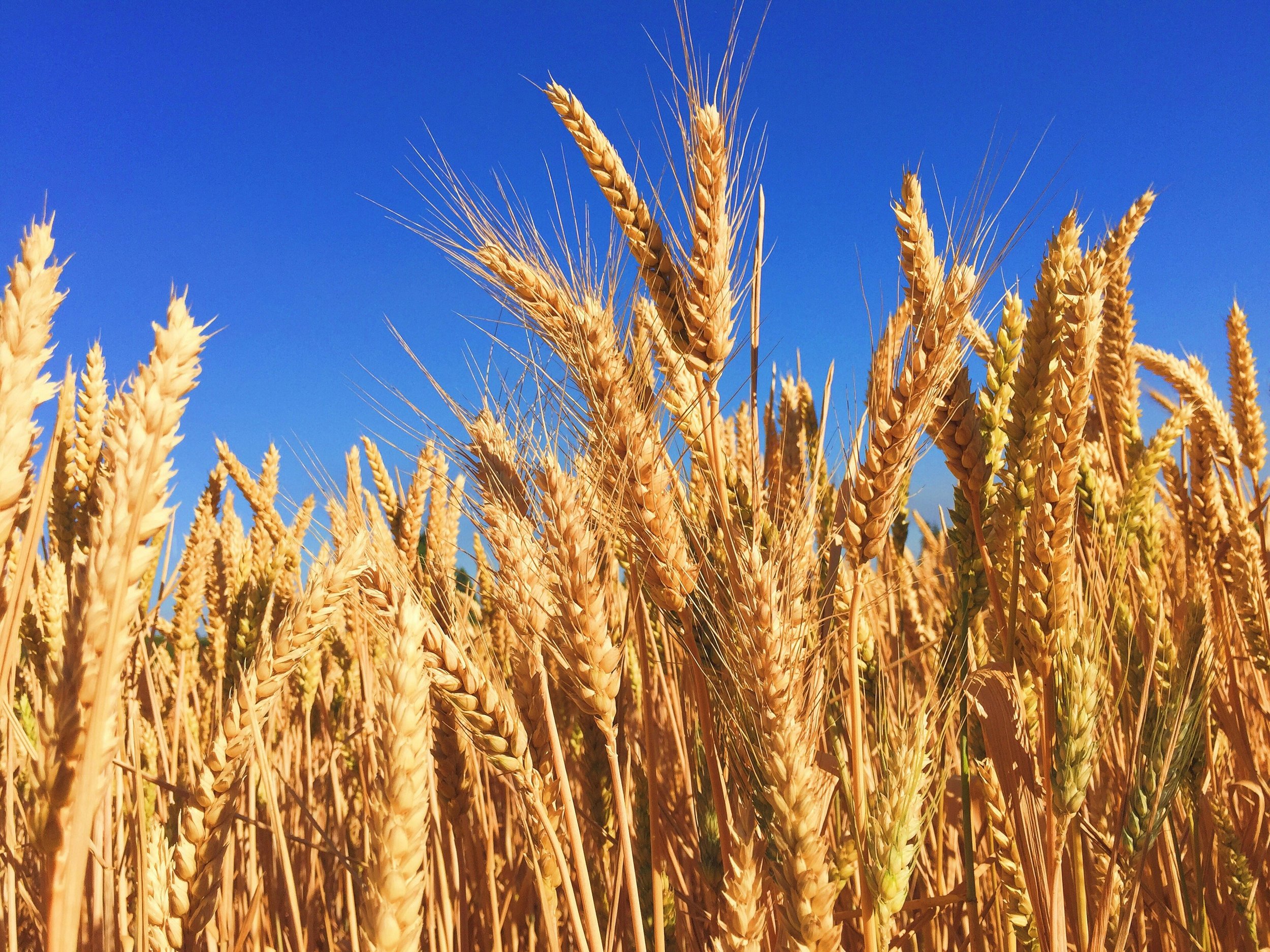Candida: Signs, Symptoms & Surprising Root Causes
Candida is an opportunistic yeast or fungus that resides within the gut and throughout the body. When in balance, candida makes up a normal part of a healthy microbiome and lives in harmony with the trillions of microbes in the gut. In this blog, we’ll discuss what happens when candida becomes overgrown, the many surprising symptoms of candida overgrowth, both in and outside the gut, the root causes of overgrowth, how to properly assess for candida and the best steps to take to begin addressing it in a holistic way.
What Happens When Candida Overgrows?
Being an opportunistic yeast, candida can overgrow and thrive when given the right environment. The majority of candida lives in the large intestine, but candida is also present throughout the body, such as in the sinus cavities, the lungs, vagina and on the skin. Normal levels are not problematic, but issues arise when it becomes overgrown and develops into an infection called Candidiasis, which stems from the gut, but can affect other areas of the body also.
Candida takes on a few different forms, depending how long the infection has been present. The more chronic the infection, the more difficult it is to clear. In beginning stages, it’s much easier to address, while in the later stages it can grow roots called hyphae, which can protrude through the gut lining, creating intestinal permeability or “leaky gut”.
Root Causes of Candida
Candida overgrowth can occur for many reasons, but ultimately, it happens when the microbes in the gut shift in an unhealthy direction. This is extremely common due to the use of antibiotics, birth control pills, NSAIDs and the Standard American Diet high in sugar, processed foods and even tap water. When the immune system is suppressed for any reason, due to things such as poor sleep, chronic stress or other infections, this can also create the proper environment for candida to flourish.
Additionally, over sanitization, unfiltered shower water and the use of toxic personal care products can affect the balance of yeast on the skin and in the gut. Furthermore, diet plays a very large role in the growth of candida, which we’ll talk more about in the next blog, as well as other holistic solutions for eradication.
Additional Causes of Candida:
Toxins
Liver congestion
Lymphatic congestion
Heavy metals
Alcohol
Mould exposure
Symptoms of Candida Overgrowth
GI-Related Candida Symptoms:
Bloating
Gas
Constipation
Diarrhea
IBS
Digestive pain
Reflux or heartburn
Bad breath
Food sensitivities or allergies
White coating on the tongue, aka oral thrush
Autoimmunity
Symptoms of Candida Outside The Gut:
Fatigue
Sugar cravings
Dandruff (this is yeast!)
Joint or muscle pain
Brain fog
Cognitive issues
Snoring
Immune issues, such as under or overactive immune system
Frequent colds or flus
Vaginal yeast infections in women
“Jock itch” in men
Athlete’s foot
Increased sense of smell, especially to chlorine and other chemicals
Skin rashes such as eczema, psoriasis and white fungal rashes
UTIs
Adrenal fatigue or HPA-axis dysfunction
Environmental allergies
Feeling hungover without drinking alcohol
How to Begin Addressing Candida
The best place to begin if you think you have candida is to test. We run GI-MAP, which is a comprehensive stool analysis panel, that assesses not just candida overgrowth, but other imbalances that often occur alongside candida and can contribute to it’s severity.
Candida must be addressed holistically, using a combination of diet, lifestyle and supplements. Truly eradicating candida overgrowth goes far beyond just lowering sugar and alcohol, or taking a probiotic, but these are great places to start.
At Winnipeg Nutrition, we highly recommend undergoing comprehensive digestive testing (GI-MAP) to assess the health of your gut, especially if you suspect an overgrowth of candida. Our comprehensive assessment involves advanced laboratory tests that analyze the balance of bacteria, yeast, parasites, as well as immune and digestive markers in your gut. This allows us to develop a personalized treatment plan focusing on rebalancing your gut microbiome and restoring optimal health. To learn more about our comprehensive digestive testing and how it can help you, click here.
Asher Kleiber
Registered Holistic Nutritionist





